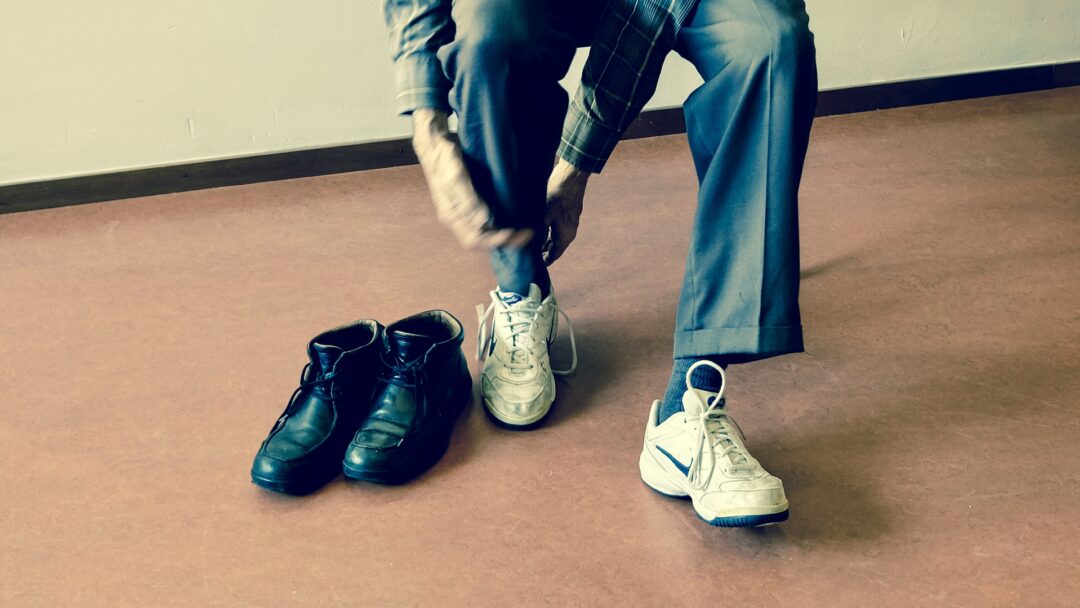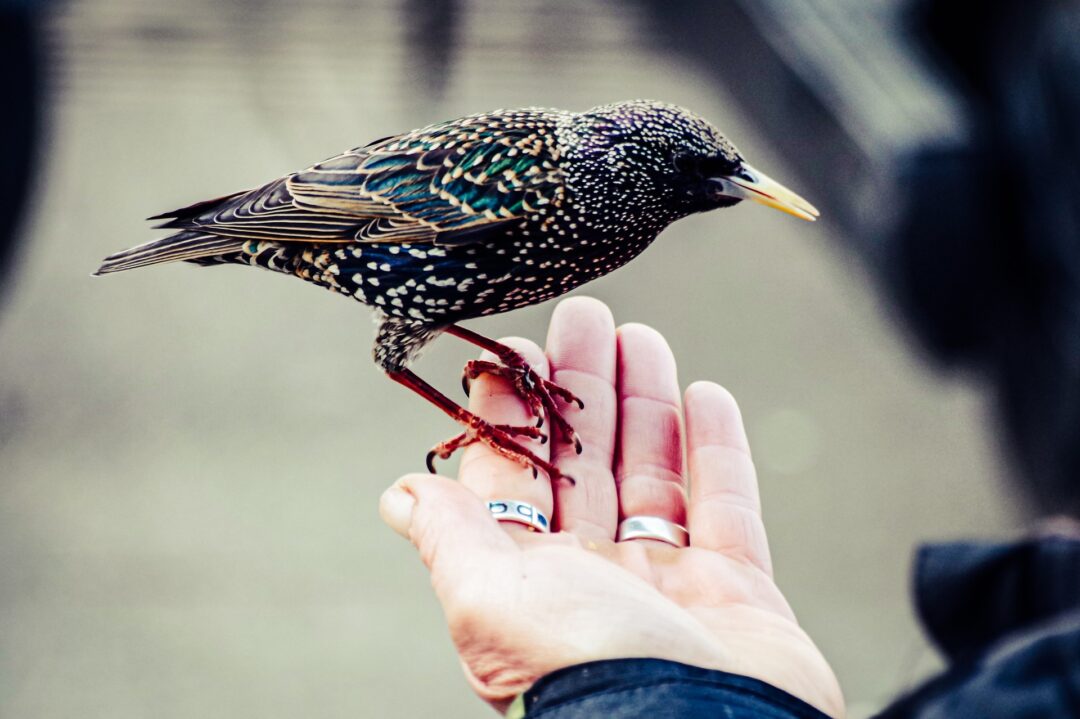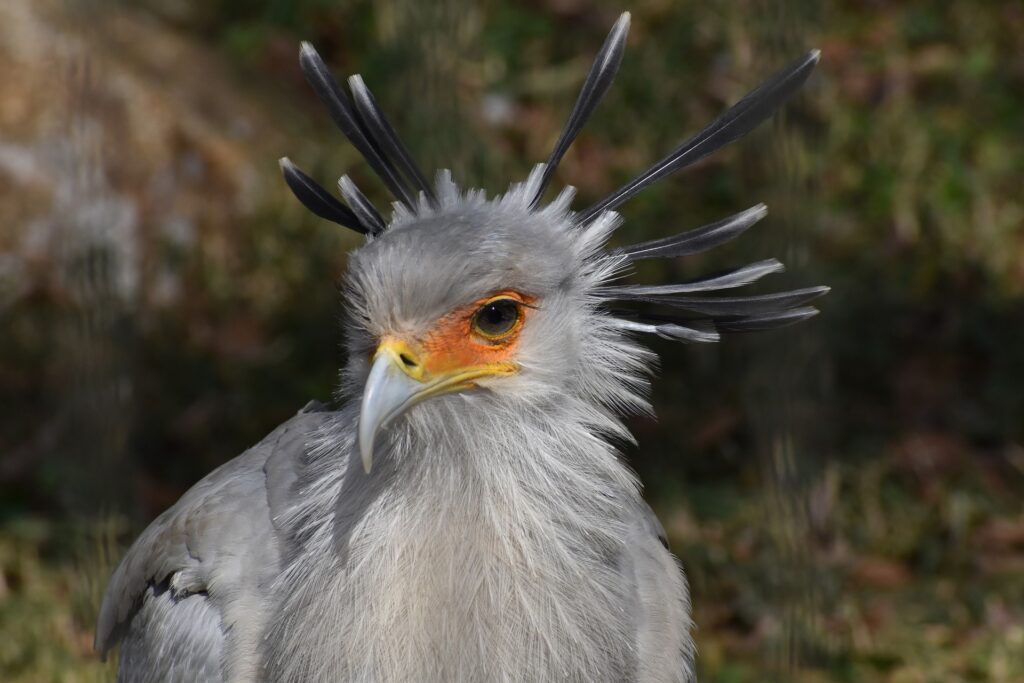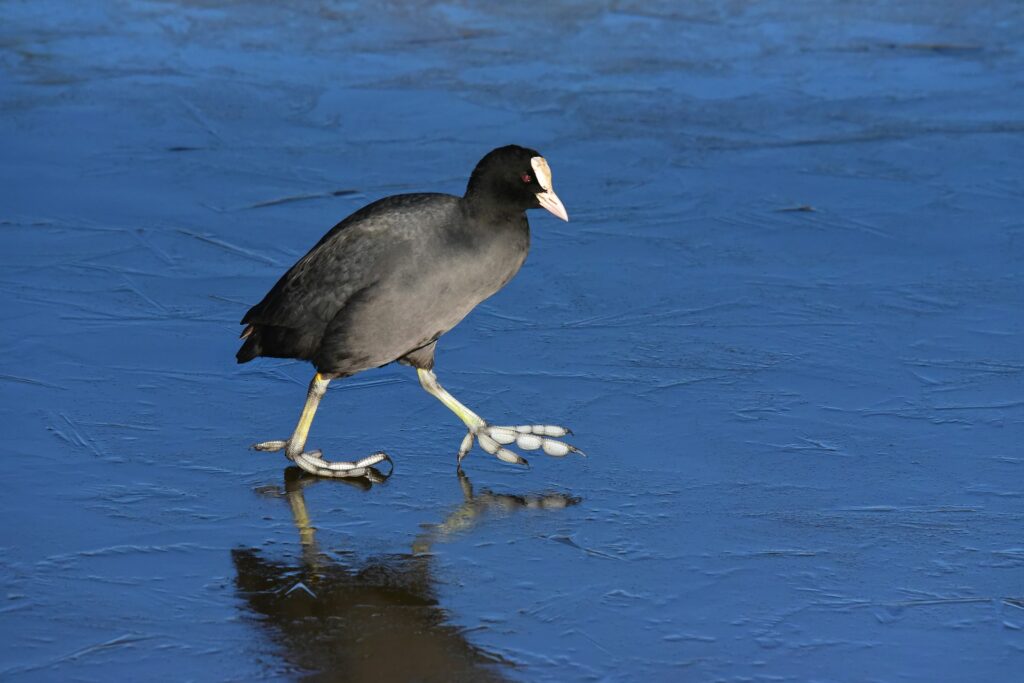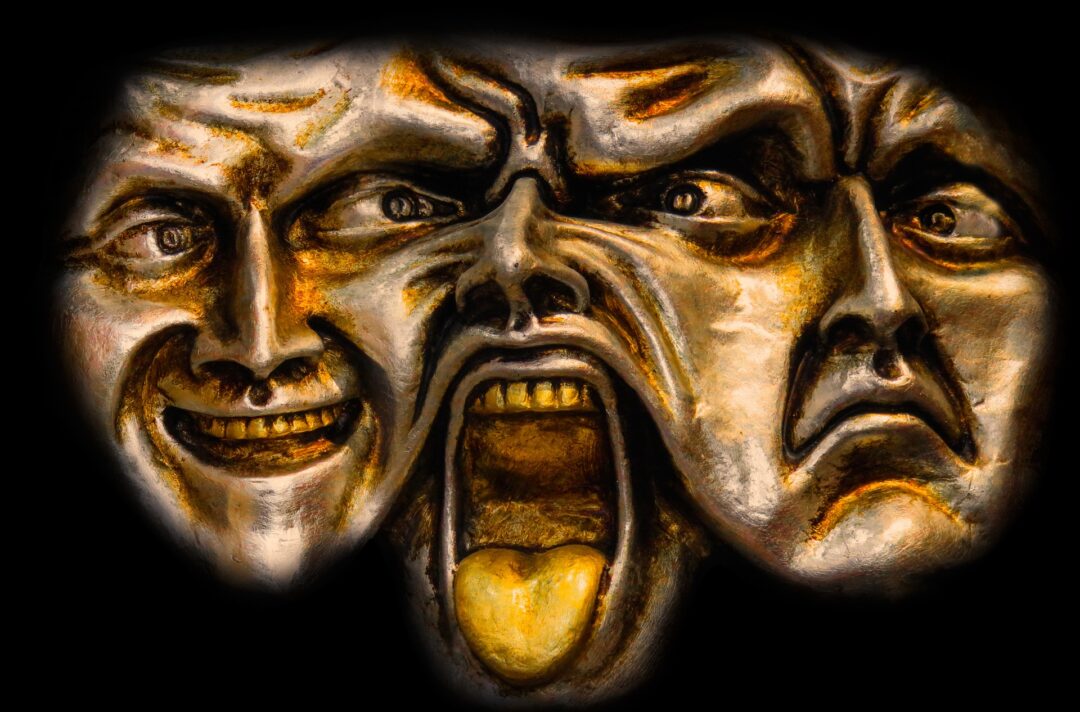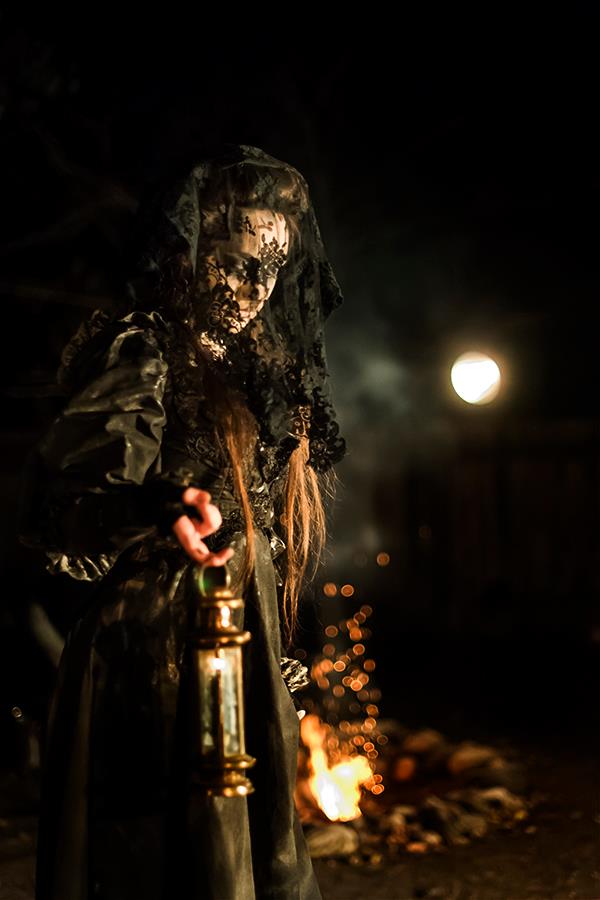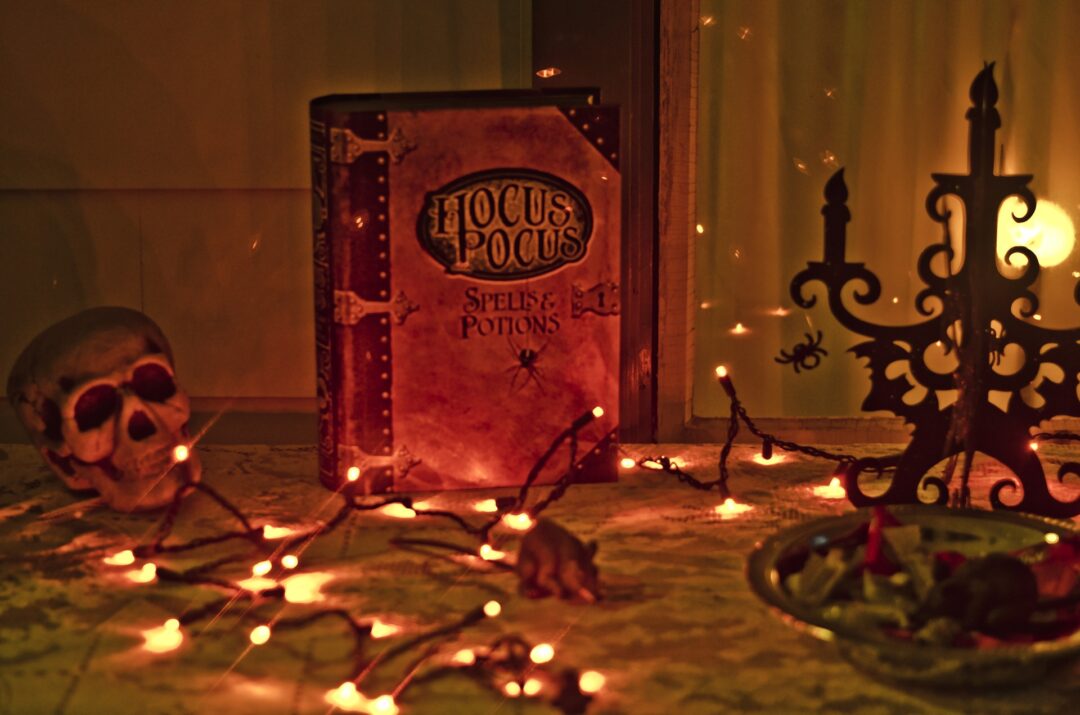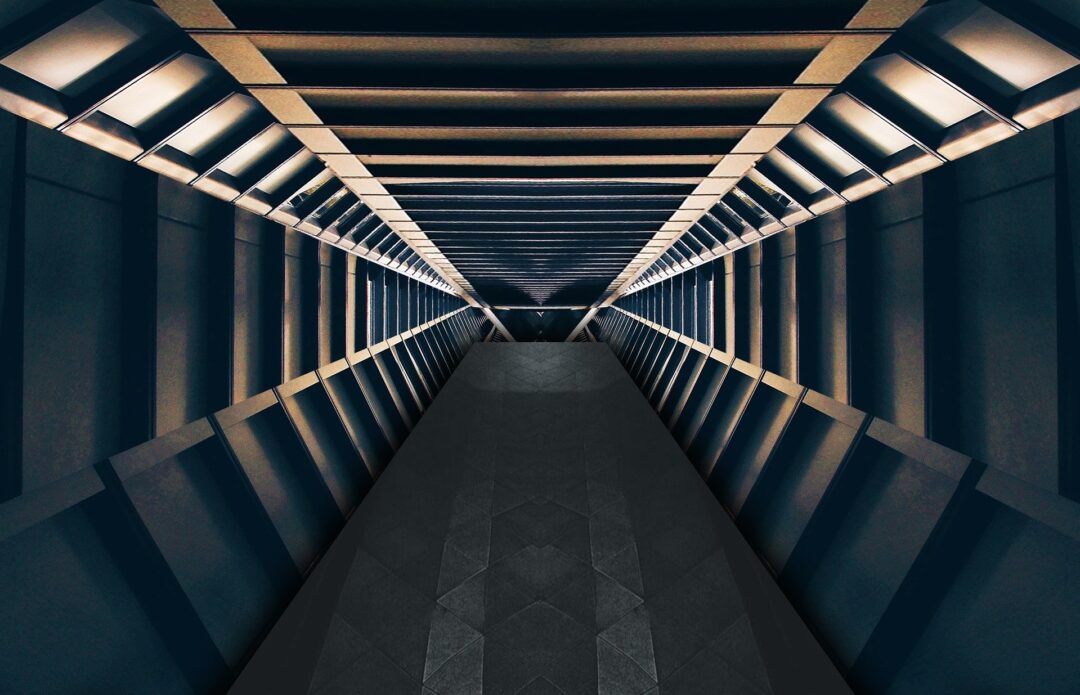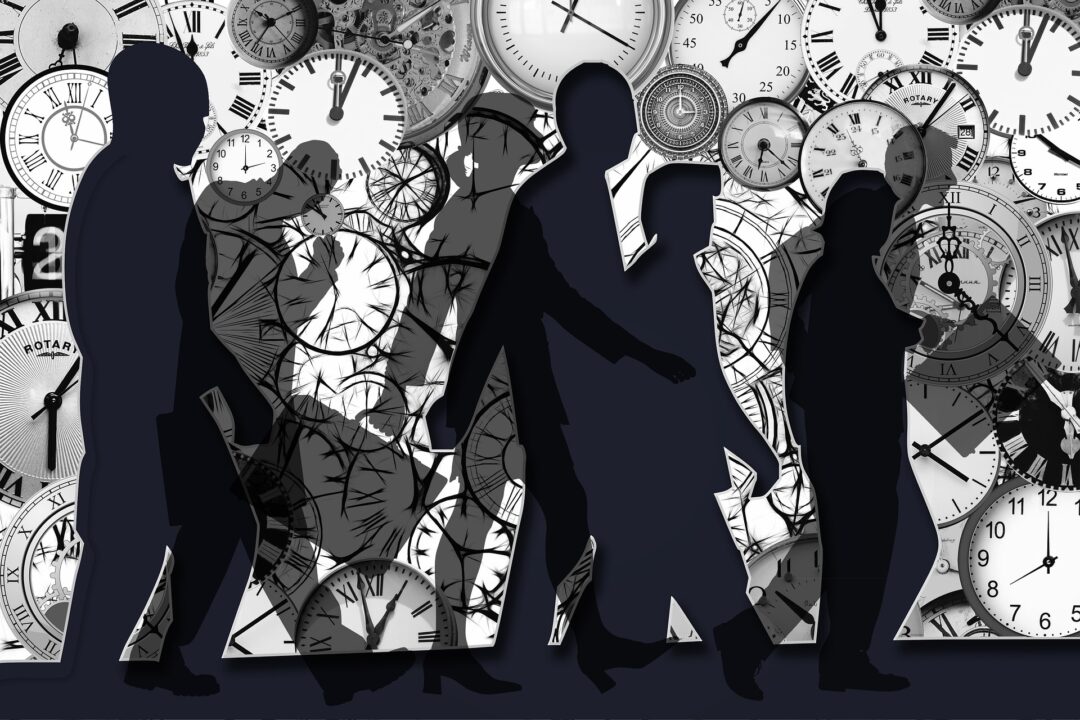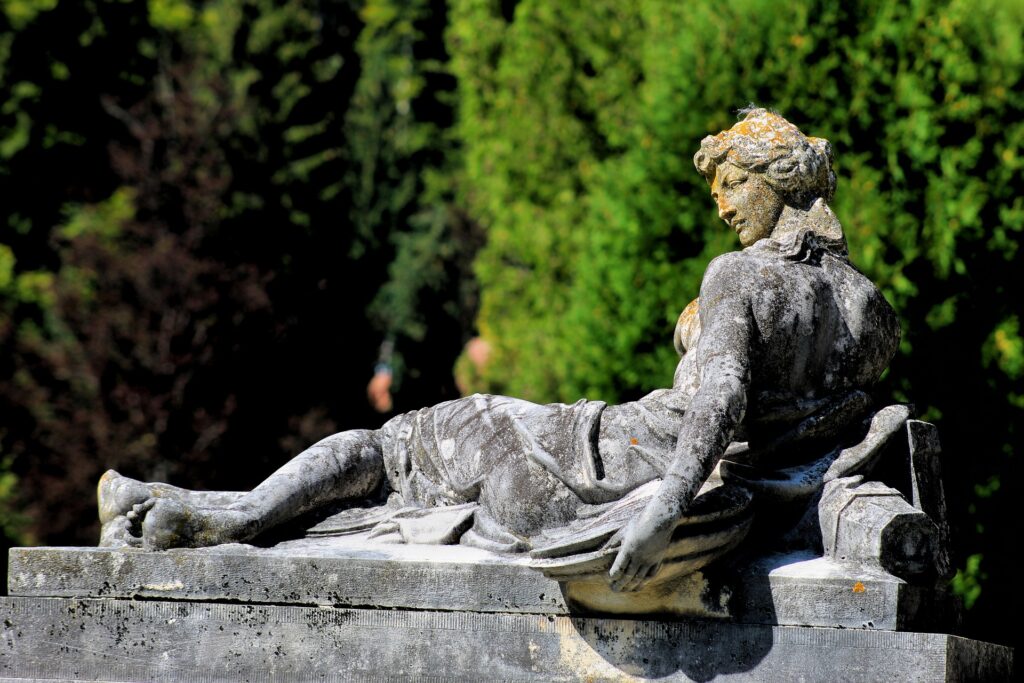Topsy and Bopsy from HBO’s Lovecraft Country, portrayed by Kaelynn Gobert-Harris and Bianca Brewton, are easily some of the most incredible movement performances I’ve seen in a long, long while.
To put it plainly, they’re absolutely terrifying.
So, if you haven’t seen Lovecraft Country, a picture probably wouldn’t go amiss here to truly display the creepy.
(A picture I don’t own in any way, of course.)
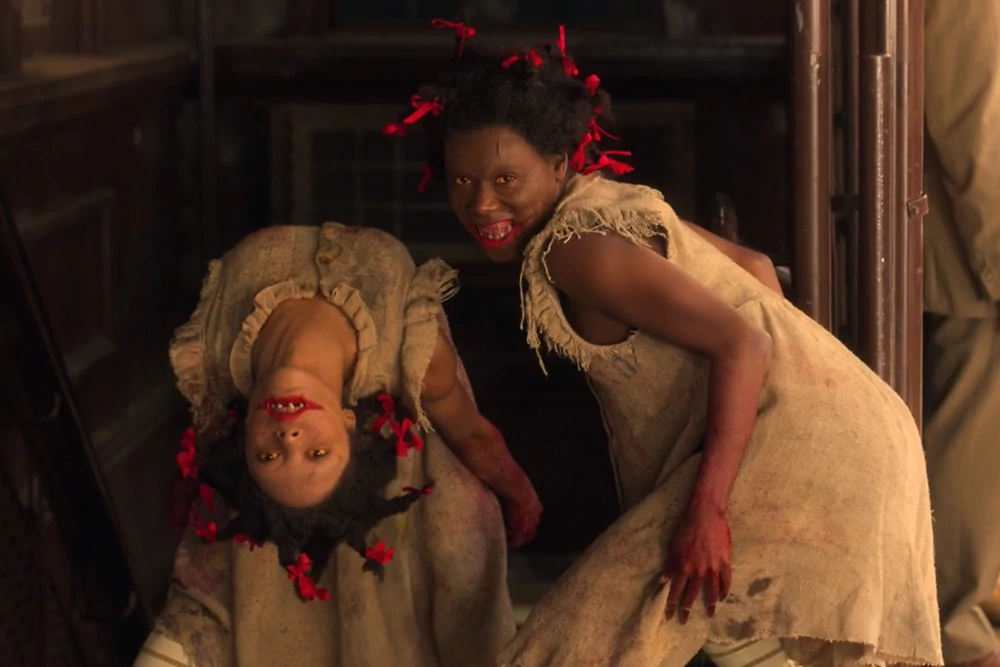
How they move is an errie blend of human and supernatural.
But firstly, some context.
Lovecraft Country and Uncle Tom’s Cabin
Now, if you’re unfamiliar with the show, it aired on HBO in 2020 and was created as a continuation of Matt Ruff’s novel of the same name.
Developed by Misha Green, Lovecraft Country, plot explained by Rolling Stone magazine, “follows Atticus Freeman (Jonathan Majors) as he joins up with his friend Letitia (Jurnee Smollett-Bell) and his Uncle George (Courtney B. Vance) to embark on a road trip across 1950s Jim Crow America in search of his missing father (Michael Kenneth Williams). This begins a struggle to survive and overcome both the racist terrors of white America and the terrifying monsters that could be ripped from a Lovecraft paperback.”
In episode 8: Jig-A-Bobo, we’re introduced to Topsy and Bopsy, who are malevolent ghouls taking the form of “pickaninnies”, an offensive name for a small black child, who are terrorizing Diana (Dee), Atticus’ younger cousin.
The character of Topsy is arguably the “original ‘pickaninny’ caricature, who was first introduced in the anti-slavery novel Uncle Tom’s Cabin.
Racism holds the spotlight tightly in the storytelling of Lovecraft Country and what I love about Topsy and Bopsy is that they use movement to tell their portion of the story.
They bring very different energies individually but seamlessly blend into each other to create an intricate relationship.
Topsy is calculating, while Bopsy is playful.
Bopsy is extroverted, while Topsy is more introverted.
But, there’s never any doubt that they wish Dee incredible harm.
Enter Jamaica Craft
Jamaica Craft was the choreographer tasked with creating the movement of Topsy and Bopsy.
Jamaica is a choreographer, and creative director and has worked with some of the biggest names in music from Usher to Nicki Minaj. Her first professional gig was in Atlanta, GA, working as a dancer for MC Hammer.
She developed movement for Topsy and Bopsy that, in an interview with Bossip, described as a fusion, “Chicago style that’s coming through the choreography, mixed in with a Miami vibe, mixed in with just an actual minstrel jig and how the movement was at that time, so it’s a combination of things that I researched, mixed in with modern and old school.”
Using no special effects, Kaelynn Gobert-Harris and Bianca Brewton employ incredible precision, speed, and stillness to move relentlessly towards Dee.
“It’s a different way for a scary movement to happen. It’s not your typical same zombie kind of movement, arms straight out and walking stiff… It’s incredible dancing, it’s incredible feet work, it’s incredible high energy, it’s the back story to it all. “
Now, having studied Labanotation, naturally, it’s my initial framework of how I view the world in movement.
I was immediately struck by how these two characters moved and wanted to take a moment and break down their movement signatures.
Topsy and Bopsy movement signatures
If you’re not familiar with Labanotation, check out my intro post about Rudolf Laban and how his groundbreaking dance notation system can help you develop unique characters from the ground up.
Topsy’s movement is incredibly direct. She’s focused on her target and often relies on a sustained slow movement to creep us out.
This is extra off-putting because she has moments of sudden bursts of energy, which leaves us wary of what she might do next.
Bopsy, on the other hand, is playful in her relentless stalking. She’s light on her feet and more indirect. She’ll get to her target eventually. She also operates more suddenly than Topsy, which creates a different sense of unease. You expect her to zag, and she zigs instead.
The primary difference I see between them is that Bopsy is excited about moving closer and closer to Dee, that she can’t help but dance about it.
Whereas Topsy is methodical and reserves her energy.
Together, they create an unpredictable, playfully haunting pair.
But don’t take my word for it.
Here’s a clip from episode 8, when Dee first sees Topsy and Bopsy.
A quick warning if you’re not a fan of horror. It might be best to skip the clip.
(It goes without saying here, but legal things, I don’t own this video.)
Storytelling through movement
Nothing hits my character movement sweet spot more than telling a narrative through movement alone.
Sure, words are incredibly important, don’t get me wrong, it’s just that there are times where they’re not needed.
This is one of those moments where words would have ruined a performance.
It’s a great reminder of an old exercise I used to do while in scene study classes. Can you take out all the dialogue and still get the story across?
That’s how vital movement is to storytelling.
Do you have a favorite character movement example where words weren’t required?
Happy moving!


